The new MacBook Air (2025) inherits the M4 chip introduced in mid-2024 on the iPad Pro and arguably corrects the biggest flaw in its predecessors' specs: 8GB of memory in its most accessible version. It can now count on 16GB of unified memory, a minimum requirement for managing certain Apple Intelligence tasks.
The MacBook is making this transition while preserving the quality of its specs, and even improving some of its features. This is the case with the webcam, another relative weakness of the range, advantageously replaced by a 12 Mpx module.
But above all, all of these improvements are made in parallel with a significant price drop of 100 euros. So, our 15-inch test model starts at 1499 euros, where the very popular 13-inch MacBook is priced at 1199 euros.
Given these advances in the technical specifications and this more measured price, the 2025 MacBook Air M4 already appears to be one of the reference products of this beginning of the year and, perhaps even, as one of the most significant updates in recent years in the range. Our real-life test and the passage through the 01Lab grill confirm this impression. The 2025 MacBook Air is one of the best in recent years and arguably one of the most versatile and capable laptops available today.
Same recipe, but with a lot more spice
Aesthetically, the only new feature in this new MacBook Air color scheme is the color. Out goes the traditional "space gray" and in comes sky blue, which, at first glance, is quite... gray. Okay, let's admit it. Upon closer inspection, and when the sun is out, the blue reflections are clearly visible, but make no mistake, Apple's sky blue is much more gray than blue. Whether you see blue or gray, it doesn't really matter, as the important thing is elsewhere. It lies in this constantly renewed ability to offer a laptop with a neat design and impeccable finishes. On this point, the MacBook Air M4 (2025) lives up to its name, and even if its form factor has remained unchanged for three years, it is nonetheless an elegant machine with unrivaled build quality in the industry.
While the 13-inch version is in our favor for its compactness, the weight/size ratio of the 15-inch MacBook Air is also very interesting. At 1.15 cm thick and just over 1.5 kg on the scale (1.51 kg), this large format remains suitable for mobile use. Thus, during our test, we were able to take it on a trip. While it is still a little wide and a little high to be comfortable in an airplane cabin, it remains usable. More than its diagonal, it is undoubtedly its weight that could make us prefer its little 13-inch brother. 270 grams may not seem like much, but carried on your back or in a bag for long minutes, it can make a difference.
Beautiful and neat On the outside, this MacBook also makes an impression once opened. The reason? A very beautiful screen on the one hand, we'll come back to that, but also a keyboard (the Magic Keyboard) and a first-class touchpad. This is one of the strong points of this machine every year, and 2025 is no exception. The keyboard, unchanged from last year, is a model of its kind and certainly one of the best for working. The same goes for the trackpad, with its substantial surface area that glides under the fingers and whose haptic feedback is still just as appreciable. This is the other reason, in addition to the larger screen diagonal, to prefer the 15-inch version to the 13-inch.
Finally, the only aesthetic flaw remains this "old-fashioned" integration of the webcam into the screen. The central notch remains very visible and no longer really has any reason to exist on a high-end laptop in 2025.
Still no OLED, still perfect calibration
This is another refrain. Apple manages to dodge criticism of its screen, a 15-inch IPS (LCD) panel, by offering it a perfectly calibrated display. This won't stop us from lamenting the absence of an OLED panel, a rarity for a €1,500 model, or even from dreaming about what a MacBook Air would be like with this technology. A thinner MacBook Pro, some critics would argue, and we can't entirely disagree with them, since the screen (mini-LED for the Pro) is currently one of the most significant differences between the Pro and Air ranges.
OLED is lacking, that's a fact. However, we can only revel in the image quality offered by this IPS screen. In this respect, our observations are very close to what we observed last year during our test of the MacBook Air (M3). And for good reason, everything suggests that it's the same panel, benefiting from the same calibration expertise. The result is excellent with a Delta E of 1.76, which is significantly lower than 3, the value from which the human eye perceives colorimetric drifts. The screen also benefits from very good average brightness (505 cd/m2) and an interesting contrast ratio (1372:1) for an LCD but behind its competitors under Windows in OLED.
Finally, a simple glance at the screen won't reveal that it now hides a new webcam. It's an understatement to say that the MacBook had to replace its old module. The new 12 MP camera offers much better quality and, above all, two features that add to the user's comfort. The first, Center Frame, is a subject tracking feature based on machine learning that allows the user to naturally center the image, even when they move. Useful during a moving presentation, and therefore quite rarely in the end, this "center stage" is nonetheless a well-managed application. The same goes for Desk View, which is more useful in our opinion, allowing you to film the area between the user and their MacBook, in other words, the place where you will most often place a notepad or document that you want to share with your audience. Very practical, the functionality suffers however from surprisingly poor image quality, which is a shame.
Here again, it's a question of comfort and very specific functions, but it's also on these kinds of small details that we can detect the care taken in the design of a product.
Under the hood, some serious developments
If, aside from a new color, the MacBook's appearance hasn't changed, it's because the work of Apple's engineers has focused primarily on the product's interior. The most essential change may not be the addition of the M4 chip, but probably the move to a unified memory of at least 16 GB. We have often, during our past tests, criticized Apple, whether last year on the MacBook Air M3 or on the iMac (M3), for being satisfied with 8 GB, which forced the owner to dig into his pocket to have a more serious configuration.
From now on, MacBook Airs will start at 16GB, and consumers probably have Apple Intelligence to thank for that. Moreover, this total can be increased to 32 GB, this is also a new feature this year and this allows more demanding users, but not wealthy enough, to have a credible alternative to the MacBook Pro.
For the rest, our 15-inch test version benefits from a power boost due to the M4 (10 cores, 4 high-performance and 6 efficient), a greater bandwidth 120 GB/s compared to 100 GB/s previously as well as a 1 TB SSD (the basic version is 256 GB).
Performance: living up to expectations?
A new chip and lots of promises… History repeats itself after a 2024 version who had the good idea to welcome the M3 chip. What about the M4? It has already proven itself in the past, whether on the MacBook Pro at the end of last year, but also on the iPad Pro or the Mac mini. We therefore had no serious fears when we launched our test MacBook Air on slightly more complex tasks or on our series of benchmarks.
For Apple, the MacBook represents what a basic machine should be: compact, powerful and autonomous. On these three points, we will see that the MacBook Air 2025 fulfills its mission perfectly. The strength of this product is actually its ability to go well beyond its basic attributions. Logical for a machine costing more than 1000 euros? Not necessarily, especially if we consider the versatility it demonstrates. Indeed, in addition to the common tasks that it performs wonderfully (no more fear of browsing with 50 tabs open), it also proves to be very effective on more demanding tasks such as photo editing (Pixelmator for example), or on video editing, including 4K files.
As for pure performance, the results of our various benchmarks are quite eloquent and place the MacBook Air among the very best machines that have had the opportunity to pass through the 01Lab in recent months. Thus, only the MacBook Pro M4 plays in a division above this MacBook Air, at least in terms of pure power. Therefore, it is all the more surprising to see Apple constantly comparing its latest product to the latest Intel-based MacBooks. Certainly, in their case, the question of migrating to the new version is obvious, but what is at least as striking is that there is now a real difference between the performance of a MacBook Air under M1 or M2 and this latest generation.
Finally, it is not possible to talk about MacBook performance without mentioning its comfort of use. This obviously involves its speed, but it is also obvious when we talk about noise or heating. Indeed, in our two benchmarks for these two aspects, Apple's latest laptop performs particularly well. For operating noise, the MacBook Air benefits from the Apple Silicon platform and the complete absence of a ventilation system. Therefore, one might fear the worst since it relies solely on passive cooling, but this is not the case. Thus, with an operating noise of less than 28 dB, this model ranks among the best in its category. According to 01Lab figures, it is even 23% quieter than the average laptop we tested. The same goes for heating, with an average temperature nearly 15% lower than its competitors. In concrete terms, it is entirely possible to work with the MacBook Air on your lap, even for several hours.


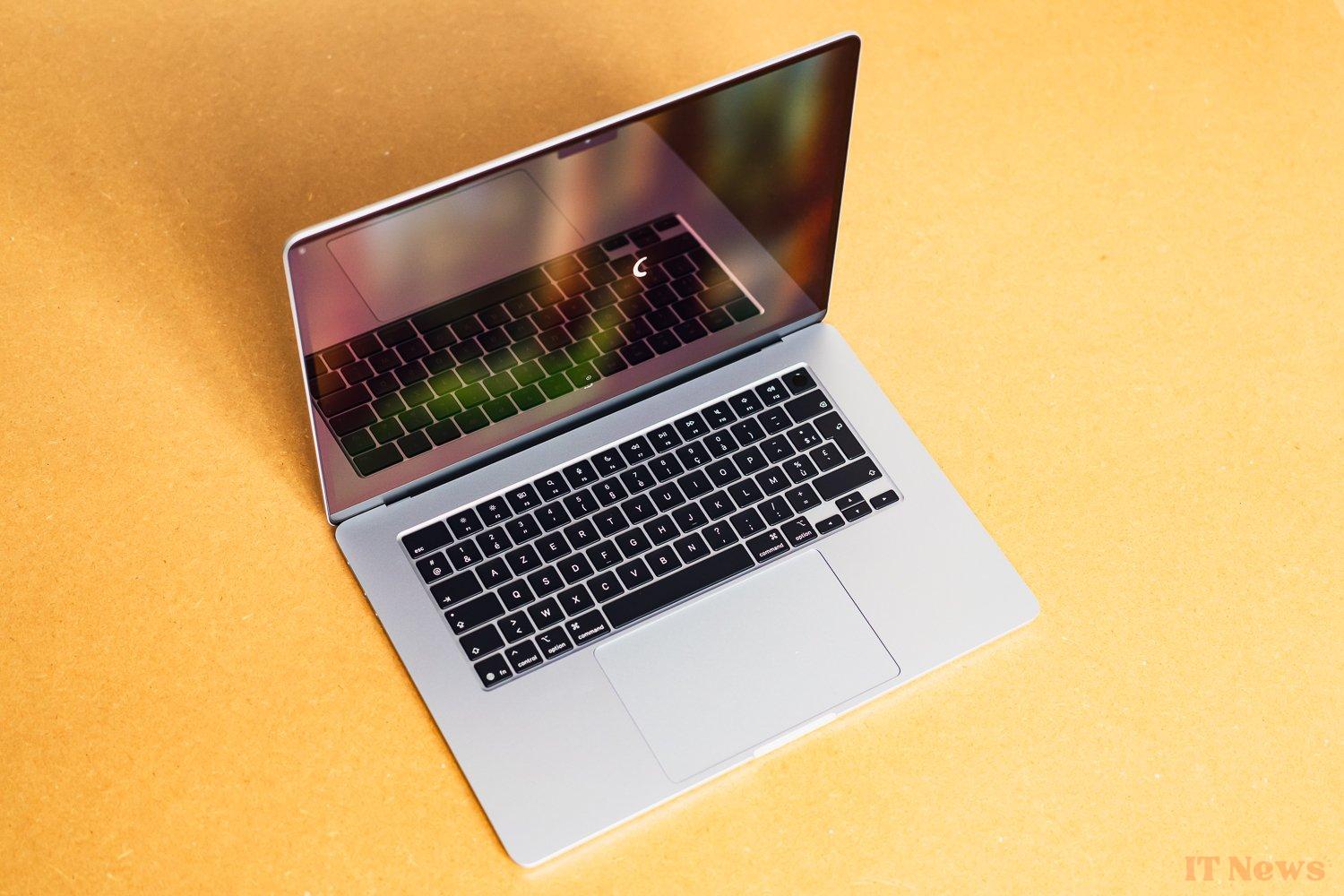
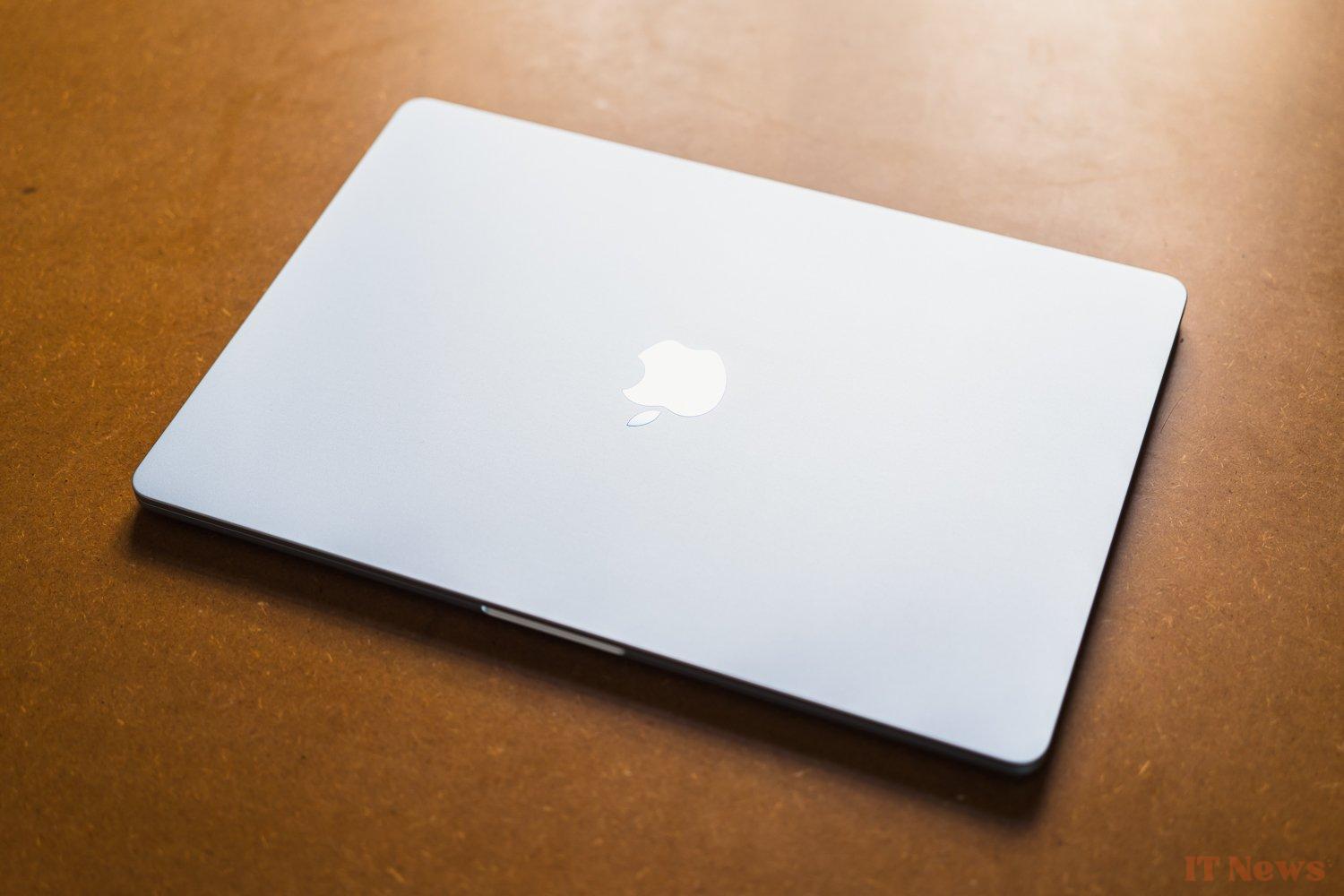
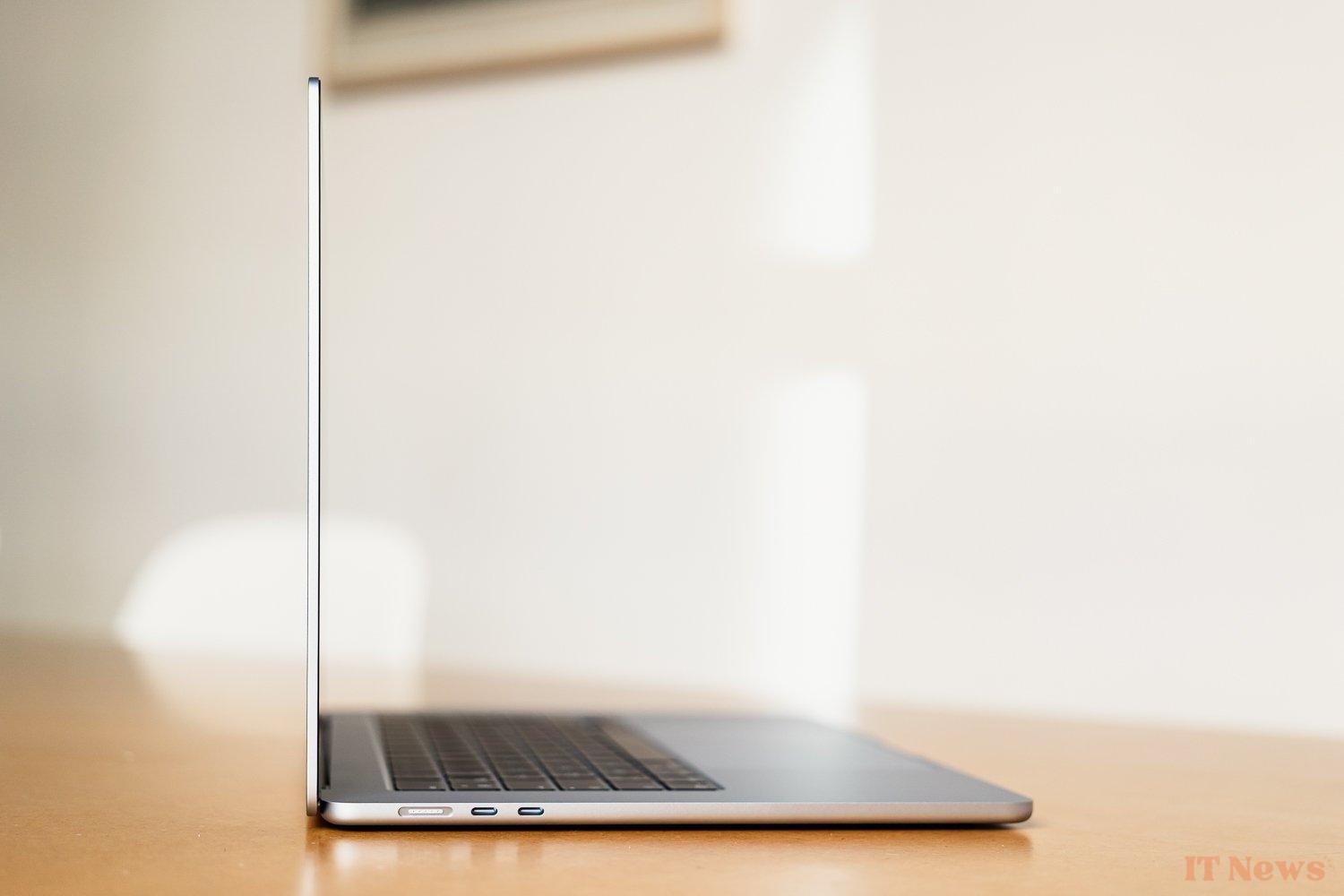
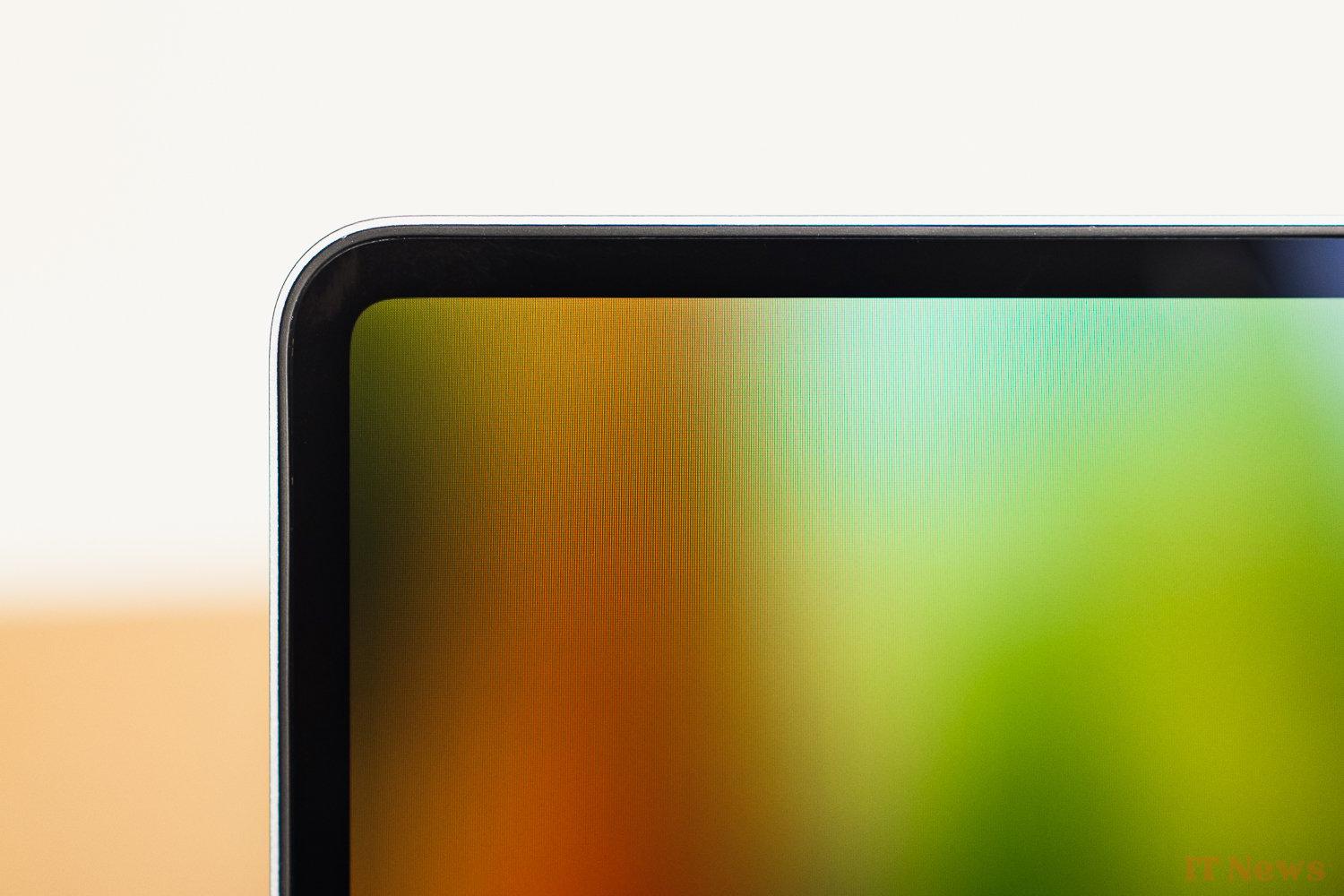



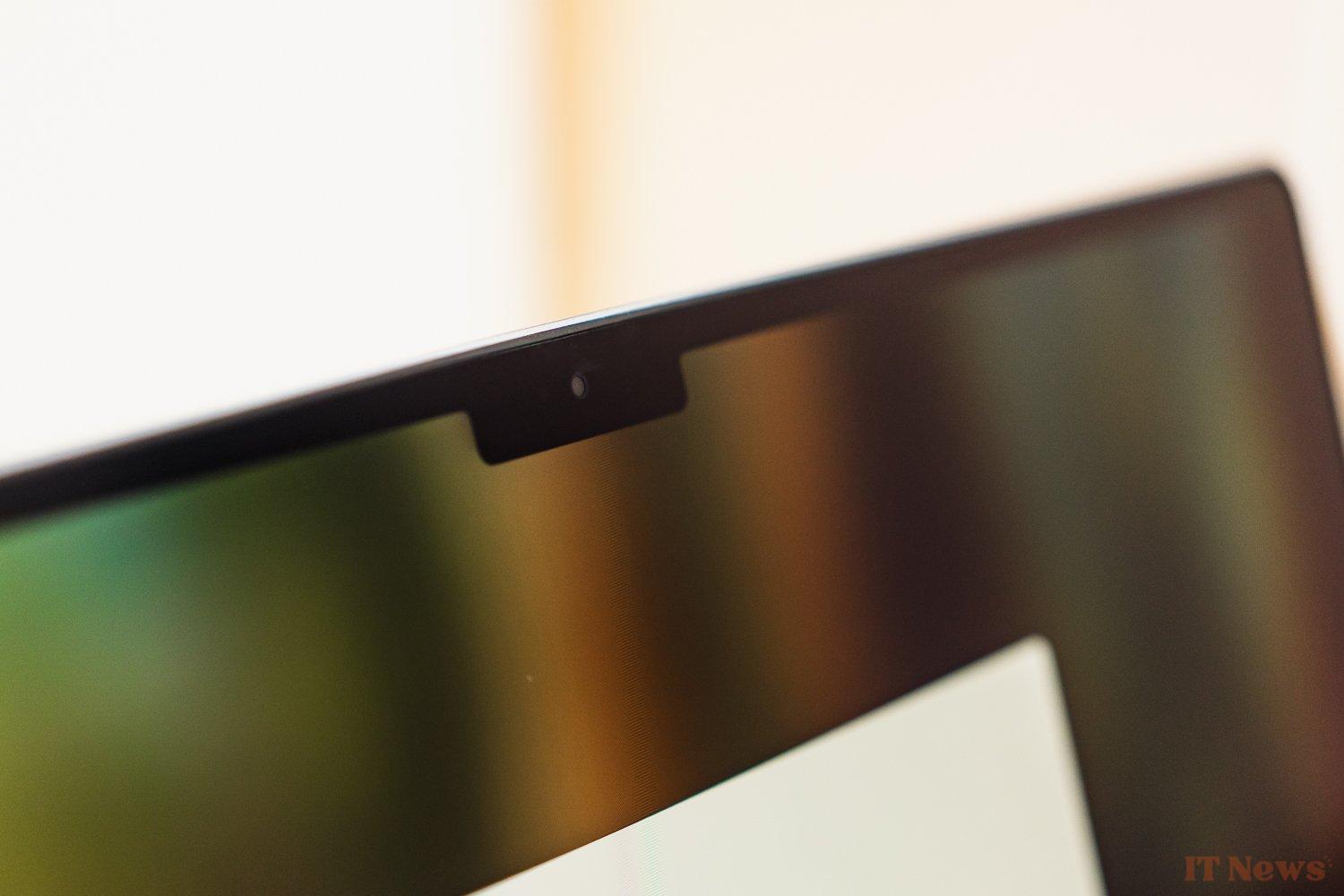

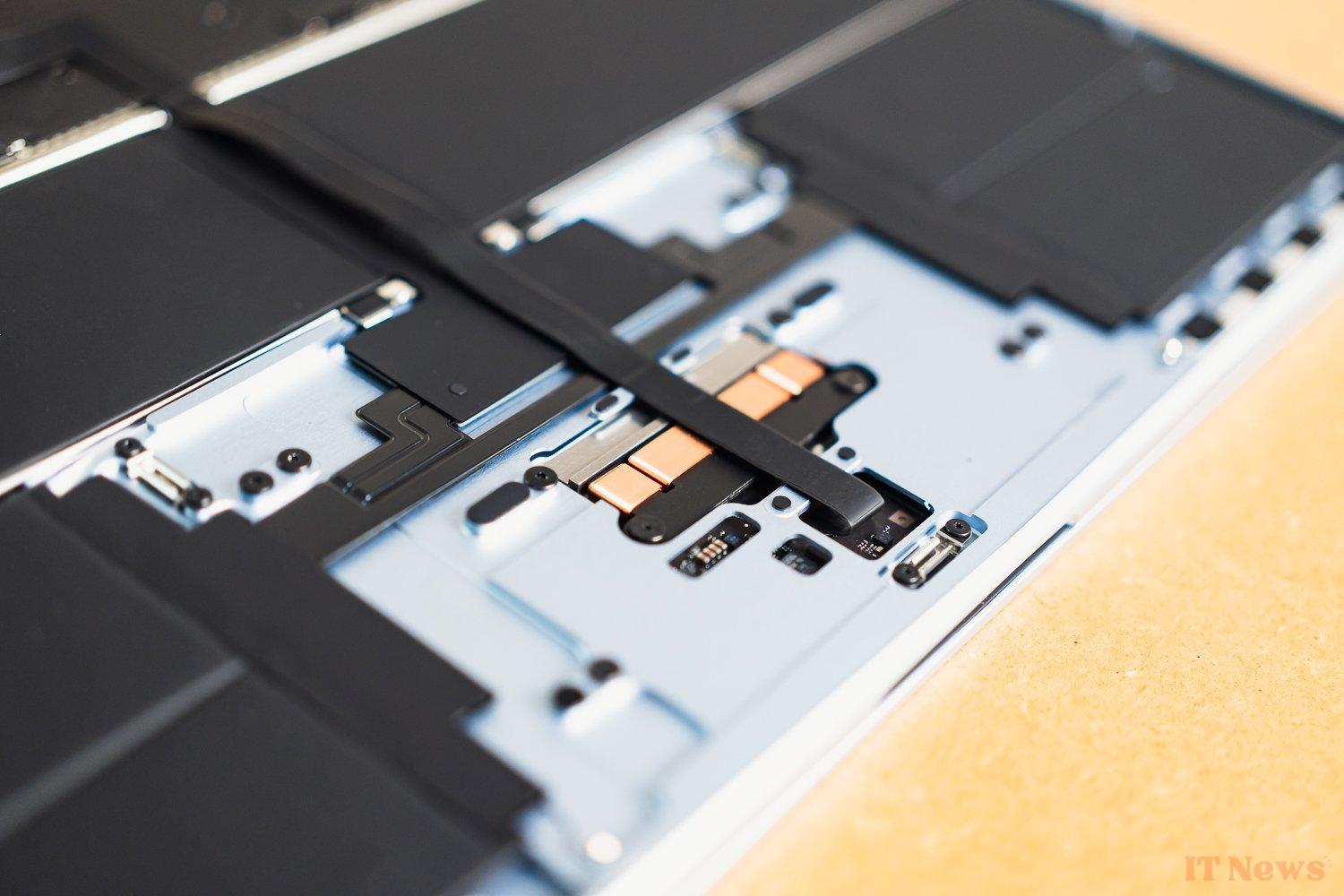
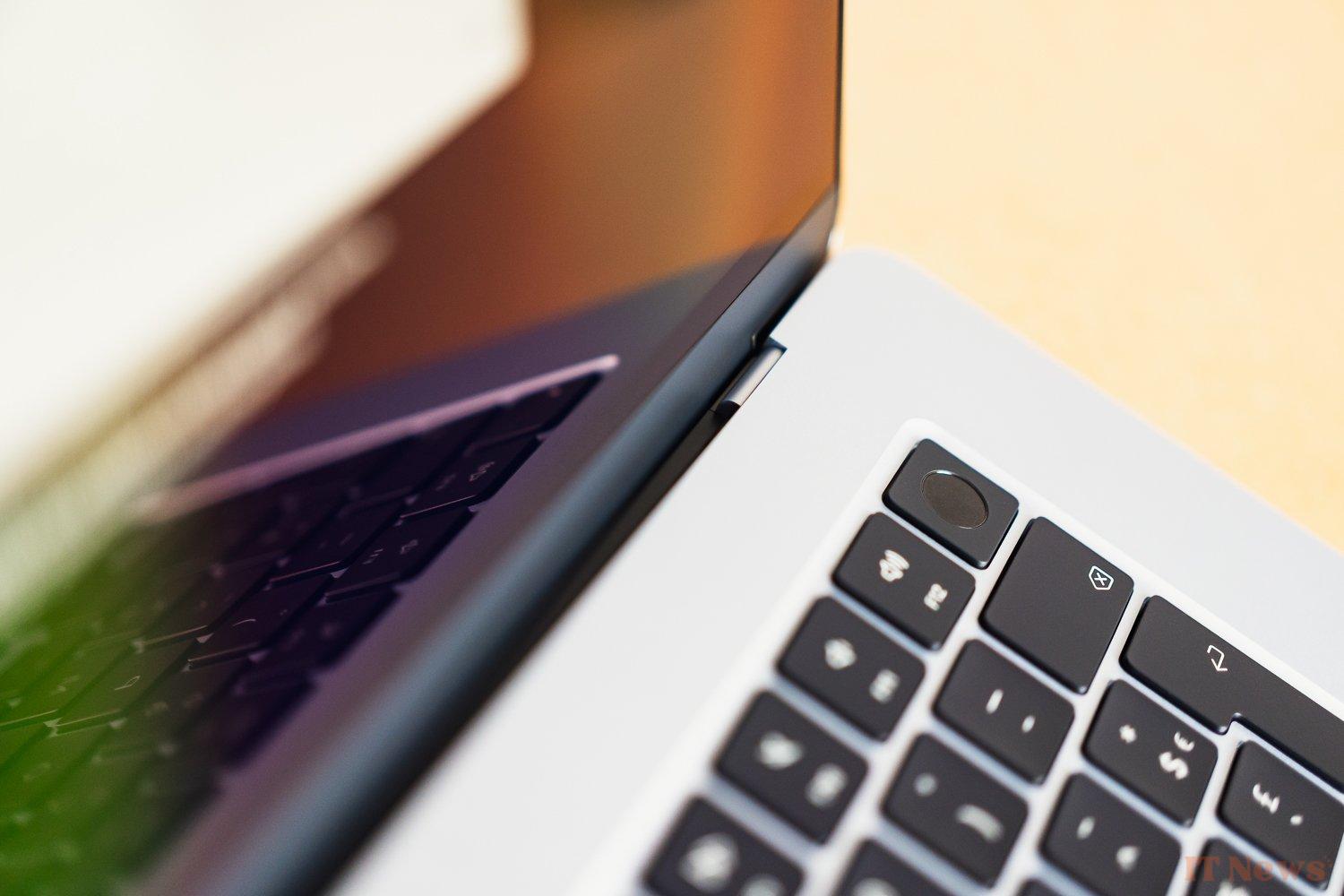

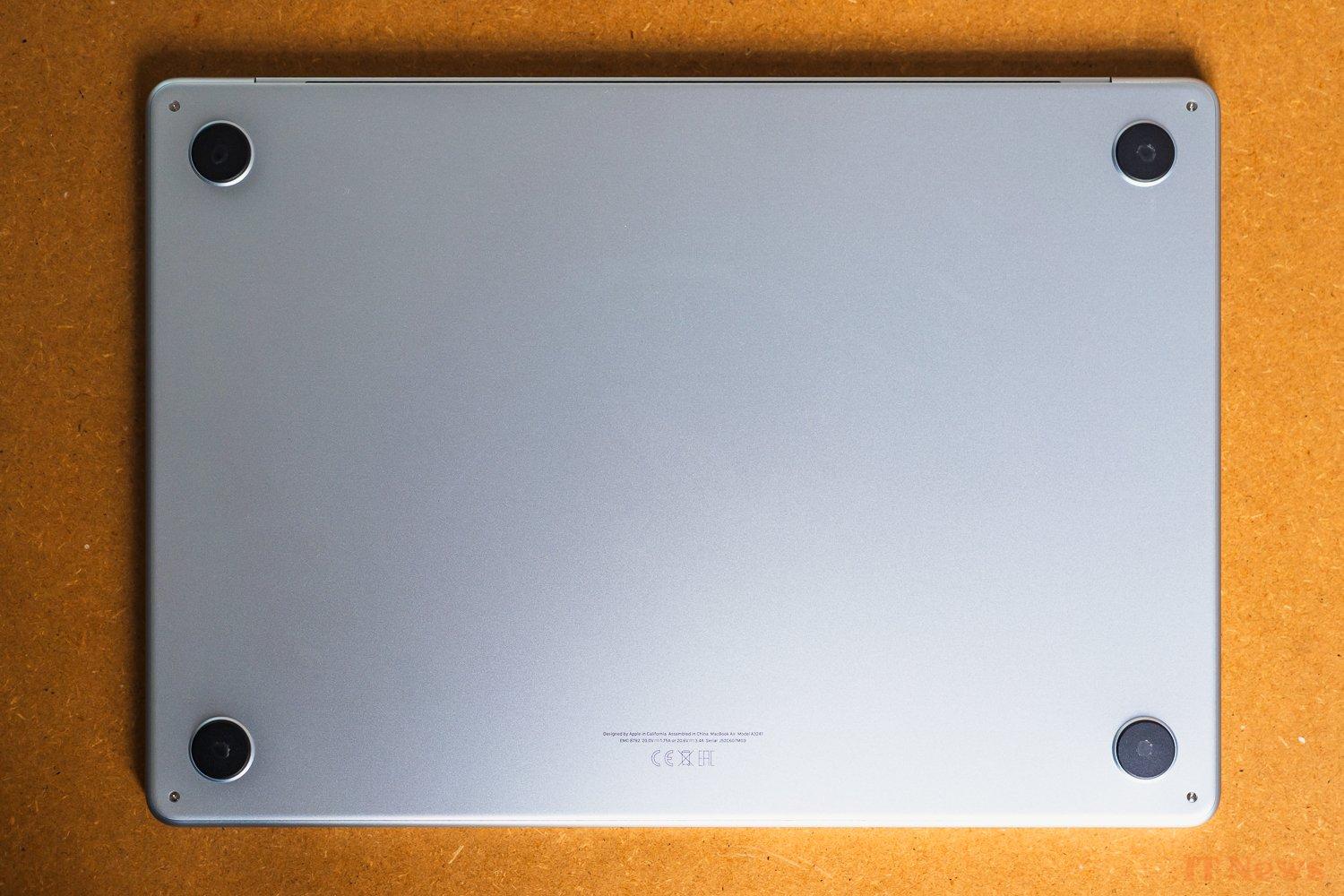
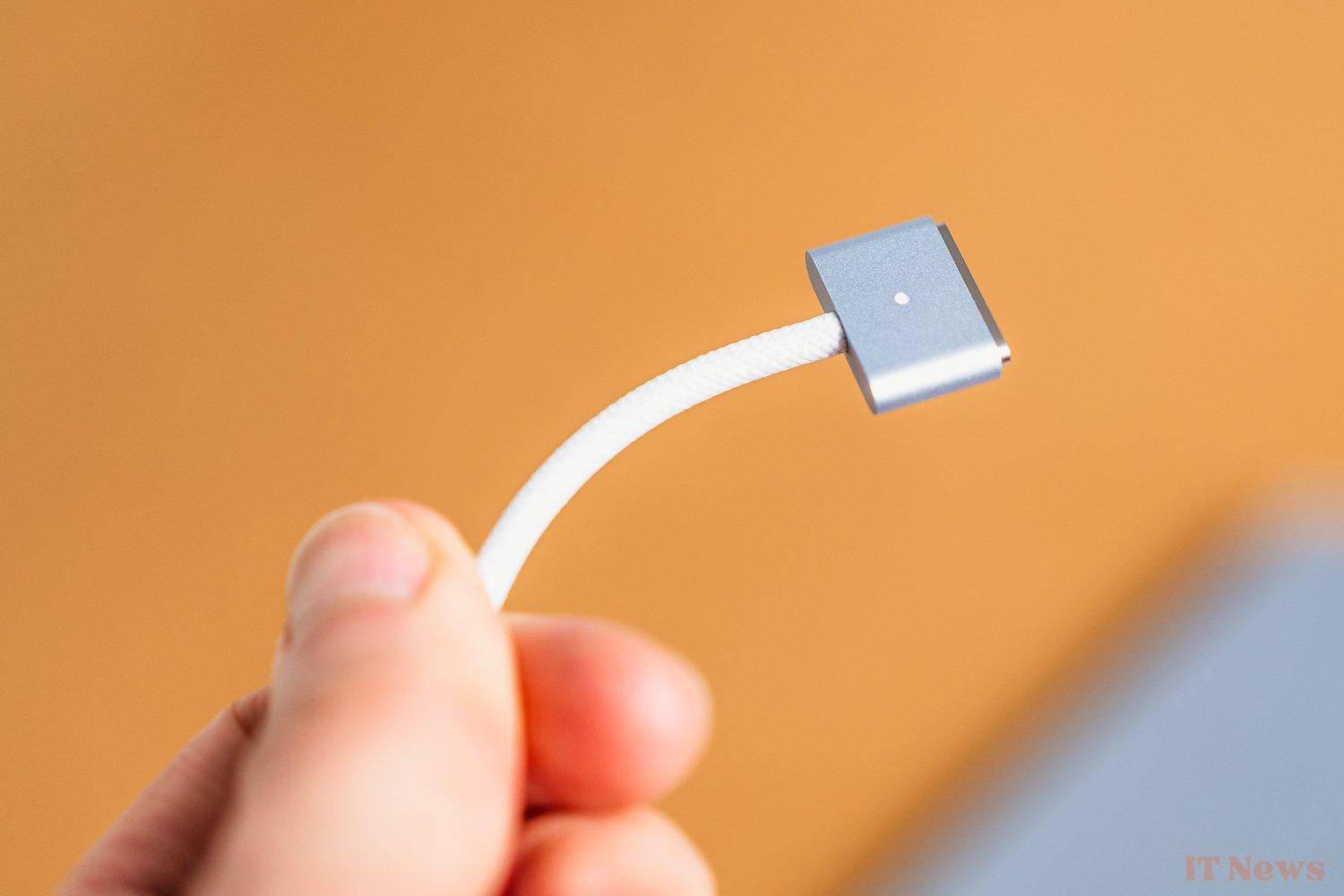

0 Comments